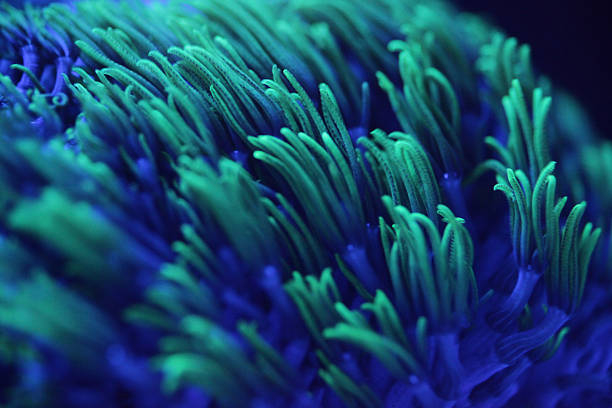Is coral a plant or an animal?
Corals are marine invertebrates of the phylum Cnidaria's class Anthozoa. They usually form dense colonies of several identical individual polyps. Corals are reef builders that live in tropical waters and produce calcium carbonate to form a strong skeleton. A coral "group" is a colony of polyps that are all genetically similar. Each polyp is a sac-like animal with a diameter of a few millimeters and a height of a few centimeters. Tentacles around a central mouth hole. Near the base of each polyp, an exoskeleton is excreted. Over several generations, the colony builds a species-specific skeleton that can reach several meters in length.
Individual colonies expand by polyp asexual reproduction. Corals also reproduce sexually through spawning: polyps of the same species release gametes at the same time, usually around a full moon. Fertilized eggs develop into planulae, a mobile early form of the coral polyp that settles to create a new colony when mature. Although some corals use stinging cells on their tentacles to gather plankton and tiny fish, most corals get the majority of their energy and nutrients from photosynthetic unicellular dinoflagellates of the genus Symbiodinium that dwell within their tissues. These are known as zooxanthellae and are responsible for the coral hue.














